How to Mend Your Fly Fishing Line
A drag free drift is something that we all dream about. There’s just something about watching your fly drift through the water in a totally unhindered way that, like a lot of aspects of fly fishing, is just beautiful. And, perhaps best of all, the fish love it, too.
As beautiful as that drift is, making it happen is tricky. Mending (adjusting your line in a way that helps you get that drift) isn’t exactly the easiest thing in the world and, most often than not, results in your fly being nowhere close to where you want it to be.
Attaining that kind of drift is, as far as I’m concerned, right up there with casting in terms of being an important skill to have when it comes to fly fishing. It’s harder to master, but putting the time into learning how can make all the difference in the world.
The basics of mending.
Mending is, in its simplest form, the act of adjusting your fly so that it drifts through the water in a natural way. You make little adjustments to your line and fly that help it look more natural in the water. That means that your fly isn’t being pulled through the water by your fly line or skating across the water (unless you want it to do that).
Mending: Mending is the act of using your rod to pick up and reposition your line against the current to perfectly present your flies with minimal drag.
To do a basic mend, all you’re really doing is lifting up your rod (and your fly line) and moving the line upriver (or downriver, we’ll get to that), in order to eliminate drag.
Seems easy, doesn’t it? Well, like a lot of things in the fly fishing world, it’s not quite as simple as that. There’s some subtle details that you have to pay attention to when you’re trying to mend that can mean the difference between a drag free drift and a fly that wanders all over the water like a dog on a leash.
Watch your line
It’s typical when you’re fly fishing to watch your fly. After all, that’s where the fish are going to bite, so it only makes sense that you’d pay attention to it.
However, if you want to attain that perfect drift, you have to watch more than just the fly itself. You have to watch your line, too.
Watch how everything is being pulled through the water. How is your fly line moving? What’s your leader doing? Watching these things and how they move through the water will help provide you with clues about which way you need to mend you line, upriver or down.
Sometimes, you’ll even learn that mending isn’t the thing you need to do and that you have to rely on high sticking to get that drift. There are a few sections of water I fish where that’s the only real option when it comes to getting a good drift.
Watch the current
Next to watching your line, it helps to pay attention to the current. Water does a lot of funny things as it moves through a river. It took me a long time to figure that out. Even a simple one foot by one foot square of water isn’t going to be the same. Part of it is going to move faster than others, another part might have an eddy in it that slows everything down. The only way to know what’s going on is to watch.
If the water you’re fishing is slower than the water your line is in (say you’re casting to the far side of the river), you’re going to have to make at least one upriver mend, if not several, to make sure your fly moves in a natural way.
If the water you are fishing is moving faster than the current your line is in, you’ll be mending downriver.
This is very important to pay attention to. Most of the time, the temptation is to just mend in one direction (upriver) all the time because that’s what is typically talked about. But, it’s not that simple and if you’re not paying attention to the current (and how it’s pulling your line through the water), any mending you do isn’t going to help as much as you’d want it to.
Keep your casts short
When you’re first starting out, it’s tempting to throw out as much line as you can to try and make really impressive long casts. I know I did. It took me way longer than I care to admit that this wasn’t the best approach.
Really long casts, while cool looking, mean you end up with a lot of line in the water. And, lots of line in the water, is very hard to control. You’re likely moving through a couple of different currents, each with their own speed, and, unless you’re some kind of wizard, mending through all that is just about impossible.
To counter that, at least at first, keep your casts as short as possible. For starters, it’s way easier to control a shorter cast. You’re not wrestling with a lot of line, you’re not crossing 40 feet of moving water, you’re keeping it simple. It’s one of the best ways to get better at working the water.
Bringing it all together
At the end of the day, your goal is to get everything moving in sync. You want your line, leader and fly to move through the water as one. The only way to really make that happen is by practicing the lift and move and, more importantly, by paying attention to all the pieces.
You’ll know when you’ve got it mostly figured out. Everything becomes second nature and you’ll have a moment when you’re watching your fly float through the water and think, “Man. That fly is moving through the water perfectly. It’s a beautiful thing to watch.”
In my experience, that’s the moment when you have to be ready to set the hook.
Fly Fishing Made Easy 👍
Our Quarterly Fly Club ships 1,000’s of flies to anglers all across the United States. Receive curated fly assortments selected for the season with in-depth articles on how to fish them. Great for beginners to learn and for intermediates to discover new flies.





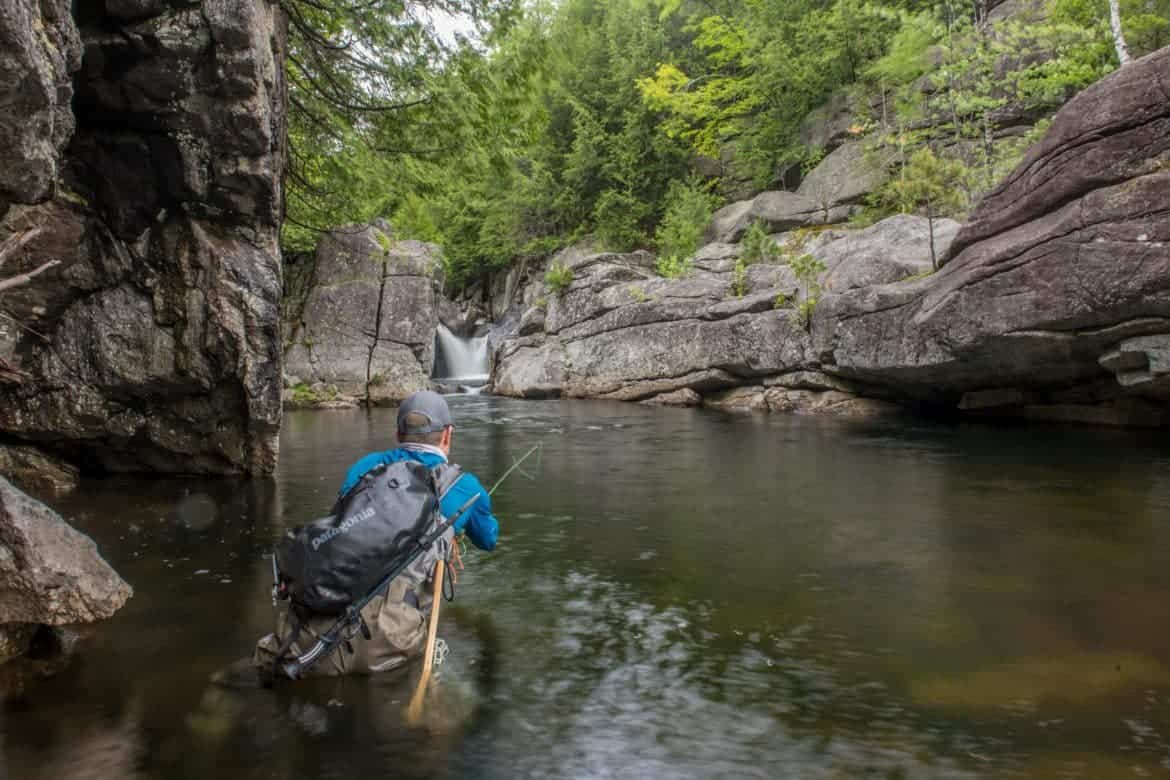



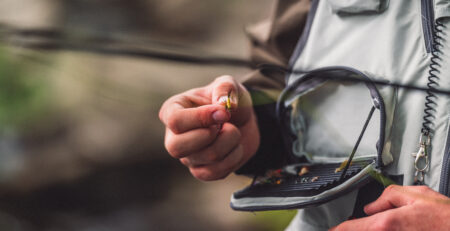
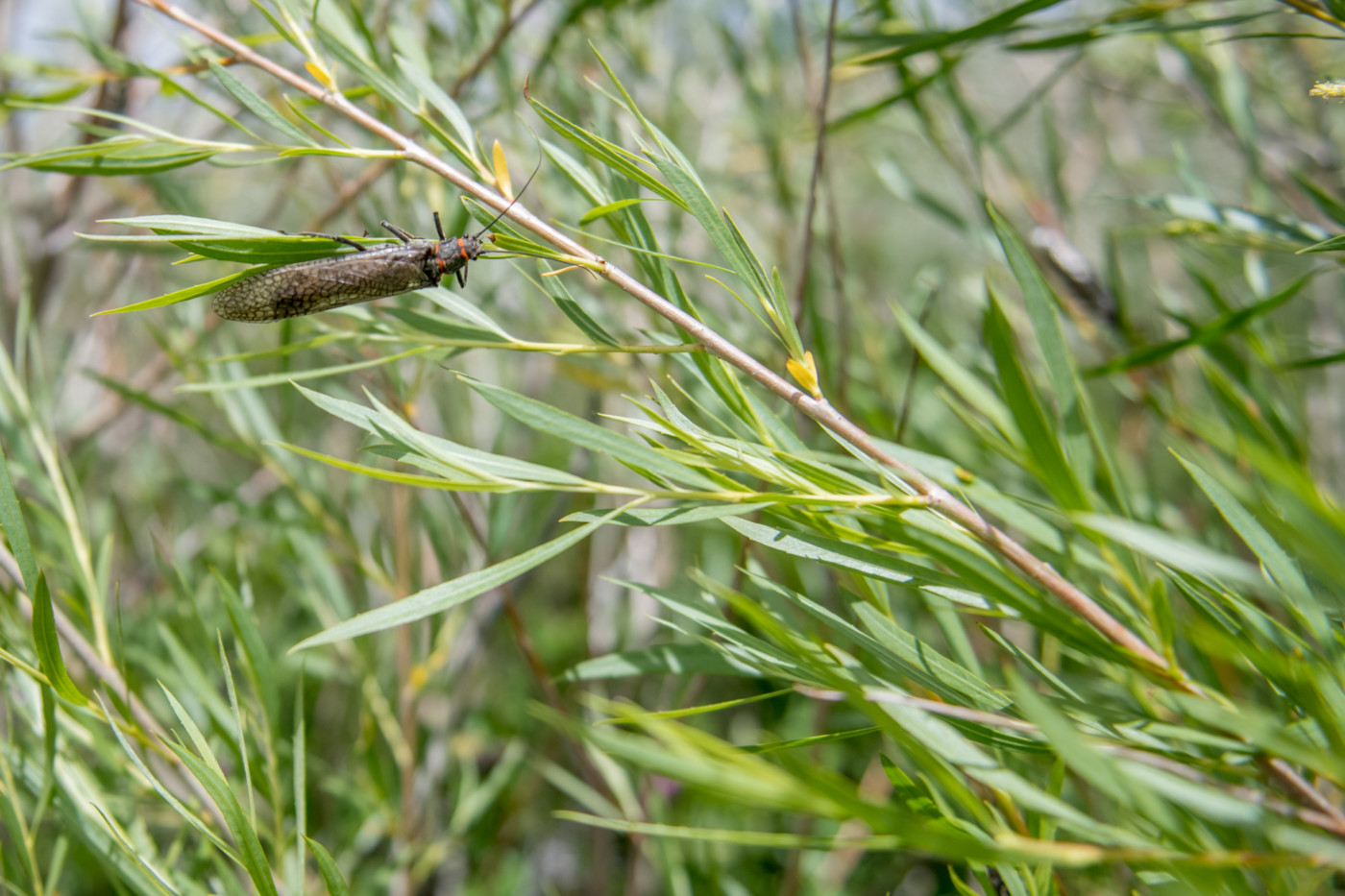


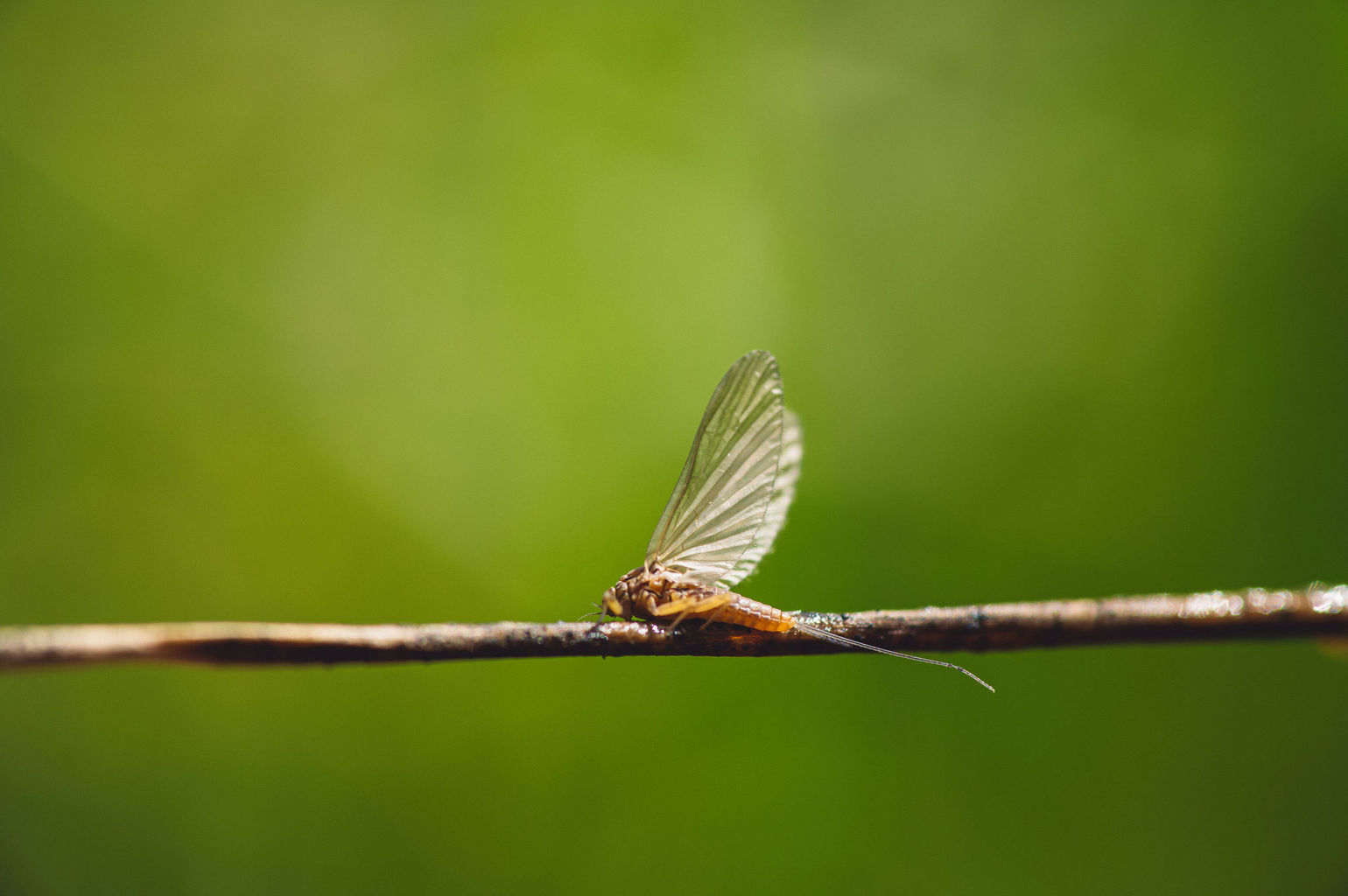
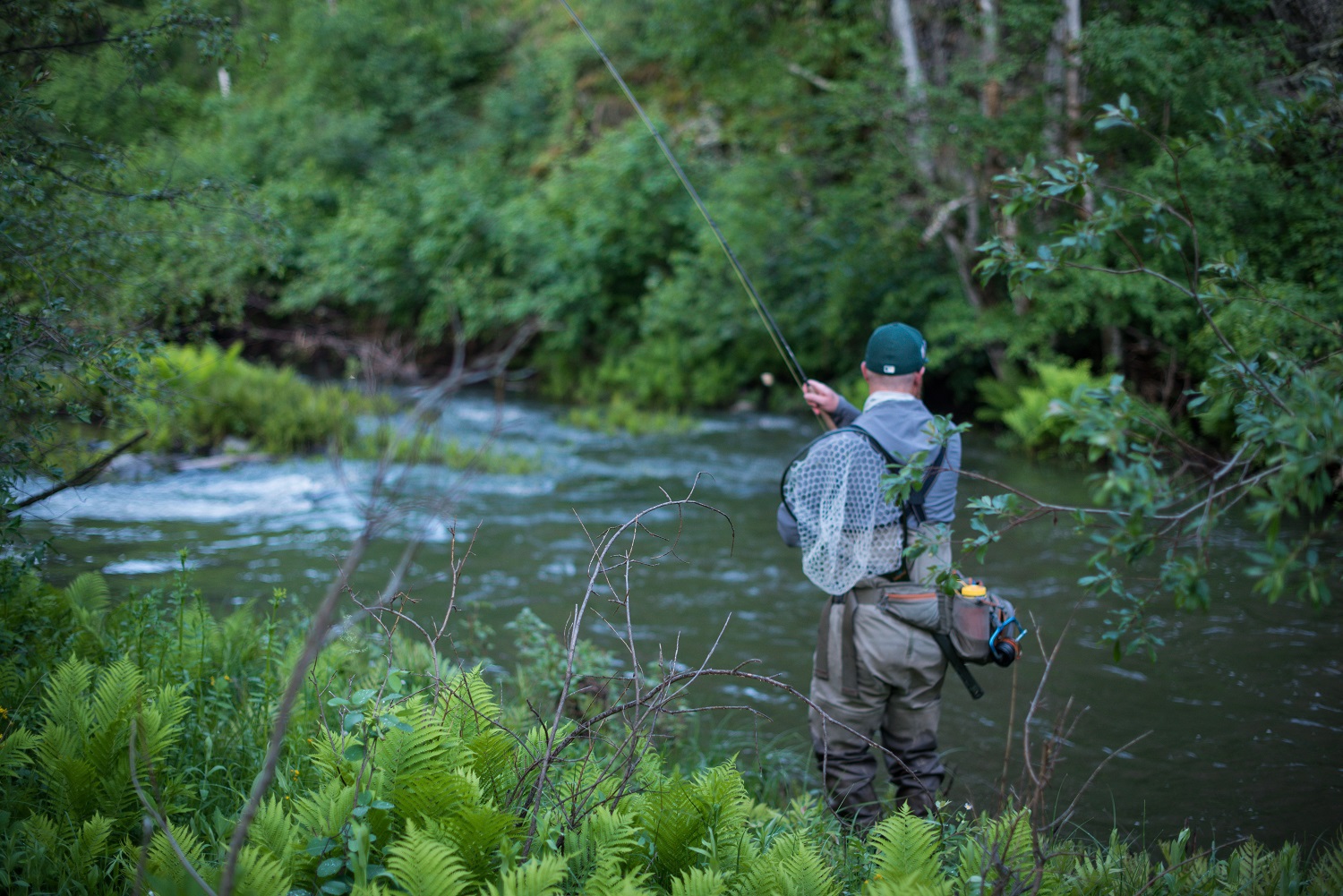


Comment (1)
[…] Basics on Mending Your Fly Line […]
Comments are closed.